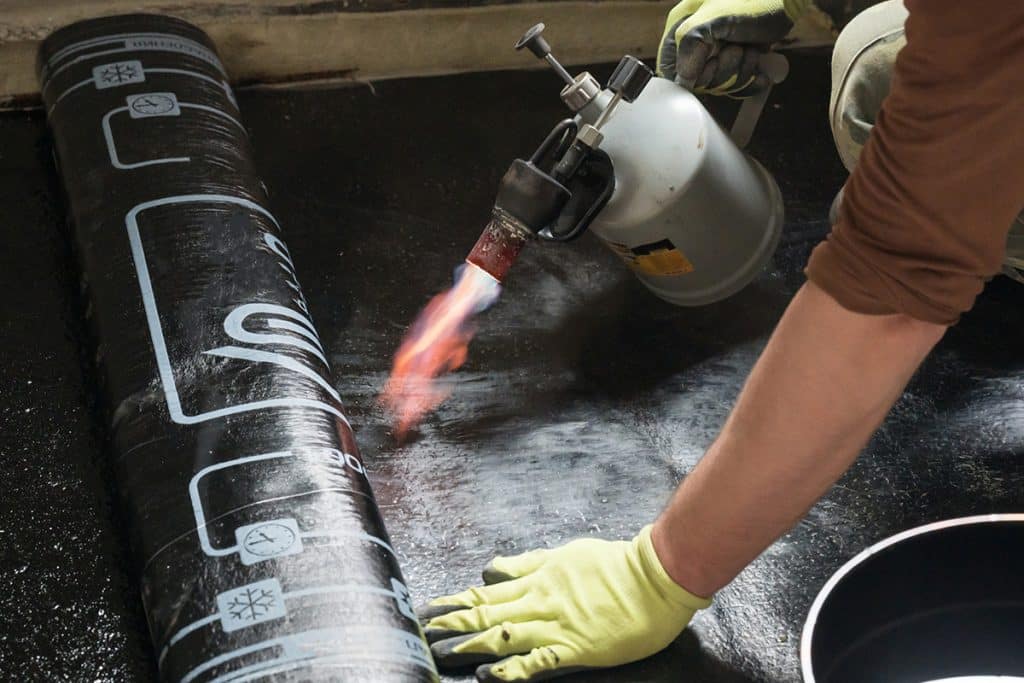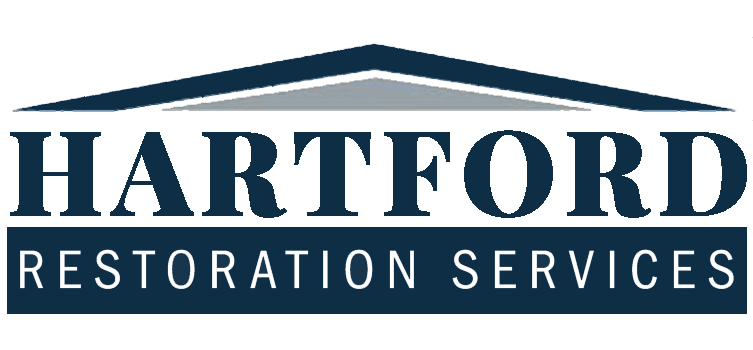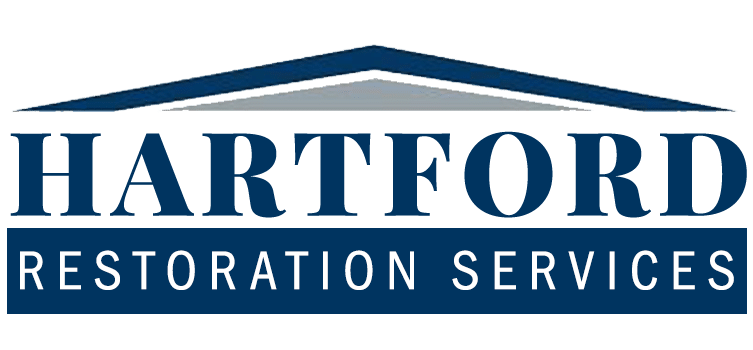Optimizing Roof Performance: Key Strategies for Industrial & Commercial Building Maintenance

Ensuring the durability and integrity of industrial and commercial roofs is an often overlooked yet crucial aspect of building management. Regular maintenance is key to prolonging the lifespan of roofing materials, allowing businesses to sidestep expensive replacements and repairs. This proactive approach is not only cost-effective but also critical in preserving the overall condition of the roof.
The significance of a well-maintained roof extends beyond mere material preservation. It plays a pivotal role in safeguarding the assets and operations housed within the building. Addressing issues like leaks or structural weaknesses promptly is essential to prevent internal damage, such as water infiltration and mold growth, which can disrupt business activities and result in substantial repair costs.
Energy efficiency is another major benefit of consistent roof maintenance. A roof in good condition provides better insulation, translating into lower energy bills and a more comfortable indoor environment. This aspect is particularly important for businesses looking to optimize their energy usage and reduce their environmental footprint.
Furthermore, maintaining roof integrity is also a matter of legal compliance and safety. Adhering to regional building codes and safety regulations, which often mandate regular roof inspections and maintenance, is non-negotiable. Neglecting these requirements can lead to legal consequences and endanger the safety of those occupying the building.
In summary, the importance of maintaining industrial and commercial roofs is critical. It's an essential practice that not only protects the building's structural integrity and contents but also ensures energy efficiency and compliance with safety standards. Overlooking roof maintenance can result in a cascade of negative impacts, severely affecting a business's operations and financial health.

